In an age of rapid information sharing and digital innovation, the way we communicate research is evolving. How can we ensure that our findings reach not only academic colleagues but also the broader public? This question was at the heart of the DILAN Symposium “Communicating Research for Academic and Public Engagement: Innovations, Insights, and Impacts” held at OsloMet during September 25th and 26th 2025.
The international Symposium brought together leading scholars, practitioners, early career researchers and PhD candidates to explore the future of research communication. Participants came from 10 different institutions in Norway and also from several different universities in Romania, Spain, Sweden, Denmark, the UK, the US, and Poland. With a packed program of workshops, keynotes, and lightning talks, the two-day event provided an inspiring arena for sharing research, experiences, and insights.
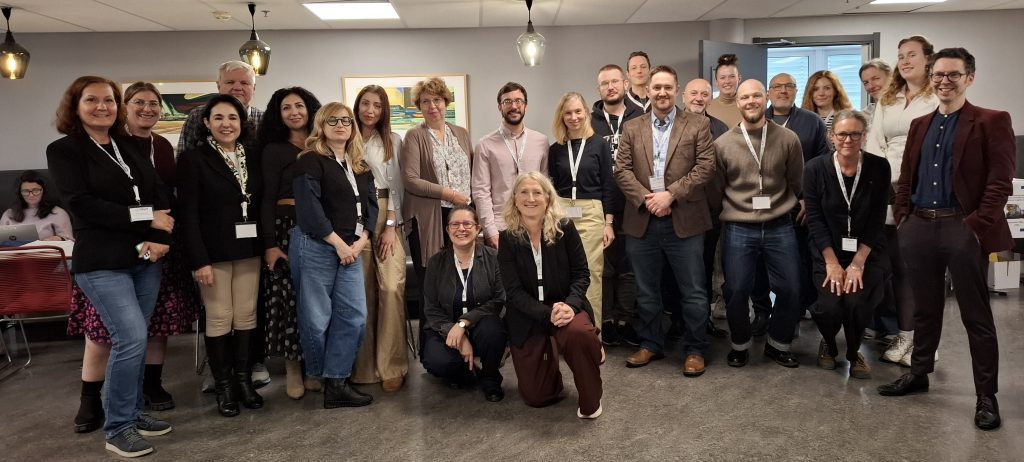
Day 1: A Hands-On Approach to Research Communication
The first day was set aside for practical workshops aimed at PhD candidates and early career researchers. The first session, led by Raffaella Negretti and Baraa Khuder from Chalmers University of Technology in Sweden, focused on flexible writing for audiences beyond academia. Their workshop emphasized the importance of tailoring research writing to engage diverse audiences, from policymakers to the general public. Participants explored practical strategies for converting a research abstract into a text aimed at a general audience.
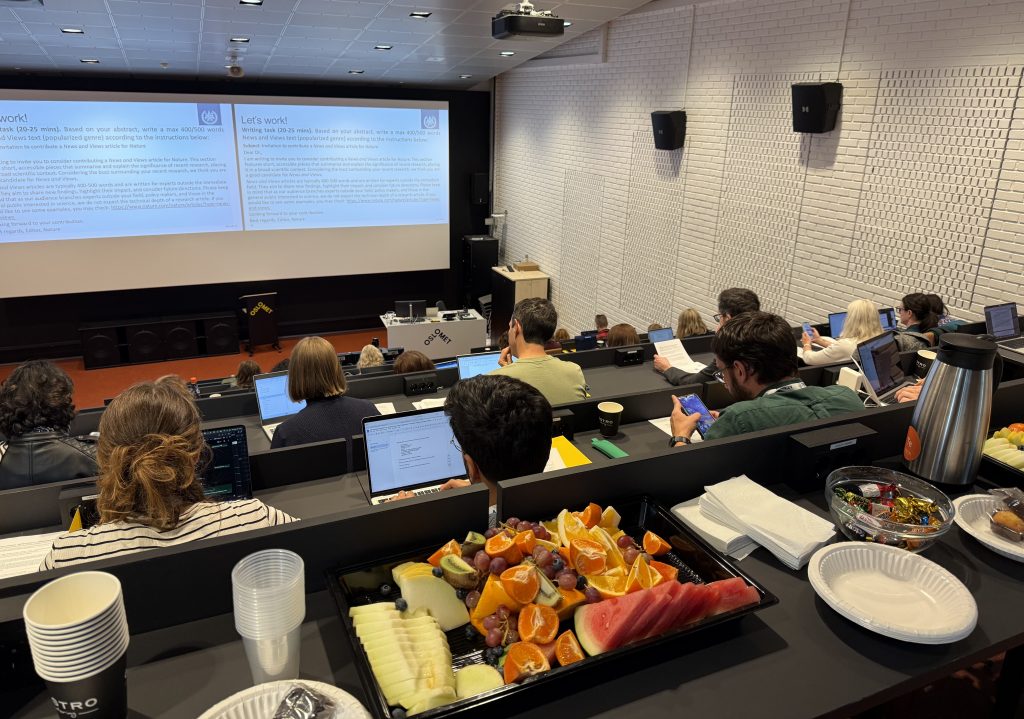
After a short break, Julio Gimenez from the University of Westminster in the UK took the stage with a workshop on communicating science effectively on social media. As platforms like Twitter, Instagram, and TikTok become increasingly influential, Gimenez highlighted how researchers can use these tools to amplify their impact, build networks, and translate complex ideas into digestible formats. From crafting engaging posts to navigating the challenges of misinformation, attendees walked away with actionable insights for bridging the gap between research and the digital public.
The day concluded with a special masterclass for PhD candidates, providing an exclusive opportunity for 10 selected PhD candidates and early-career researchers to refine their communication strategies under expert guidance of the keynote speakers. For many, this session was a highlight, offering personalized feedback and fostering new connections.
Day 2: Keynotes and lightning talks
Day two opened with a welcome and a brief introduction to the DILAN project by Tom Muir, Kristin Solli, and Pavel Zemliansky, the organizers of the OsloMet event. Oana Maria Carciu from the University of Zaragoza gave a thought-provoking plenary titled “Digital writing experiences: How STEMM women scientists craft new genres,” explored the intersection of gender, science, and digital writing. Drawing on her research, Carciu shed light on how women in STEMM fields are creating innovative genres to navigate and challenge traditional academic conventions.
The morning also featured a dynamic session of lightning talks, where speakers from around the world shared diverse perspectives on science communication. Each speaker only had seven minutes available, and everyone did a great job of sticking to time and of presenting their key takeaways in an engaging manner. From designing science communication programs at U.S. universities to exploring how generative AI and corpora influence scientific writing in second-language contexts to personification and objectification of Korean bug names, the talks showcased the breadth and depth of innovation in the field.
After a break, Julio Gimenez returned with another keynote, this time focusing on approaches to researching and teaching science communication for diverse publics, setting an agenda for next steps in research and pedagogical innovations.
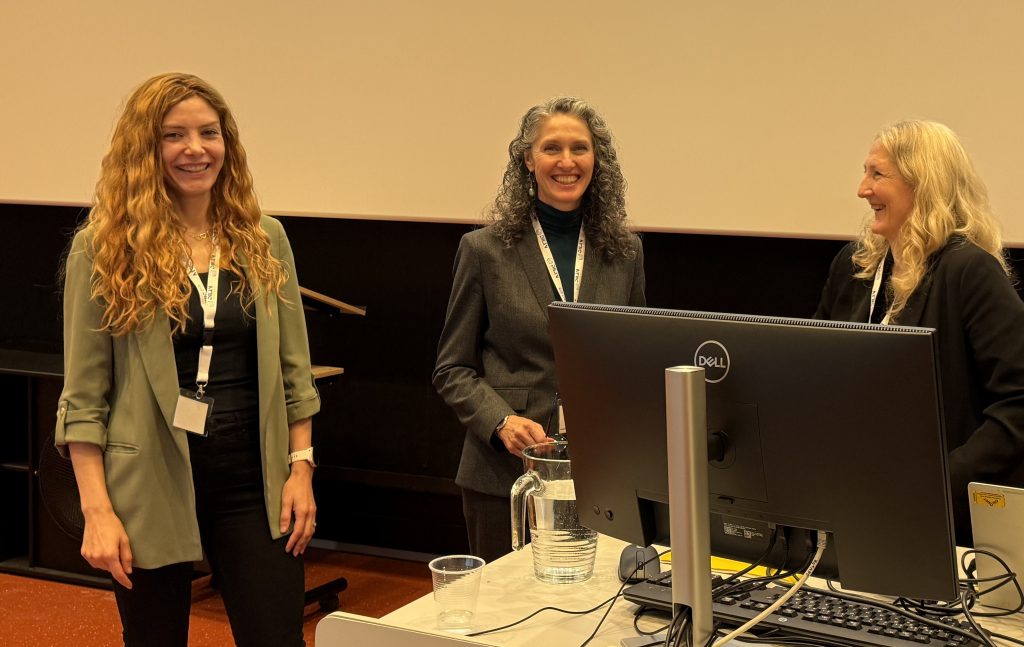
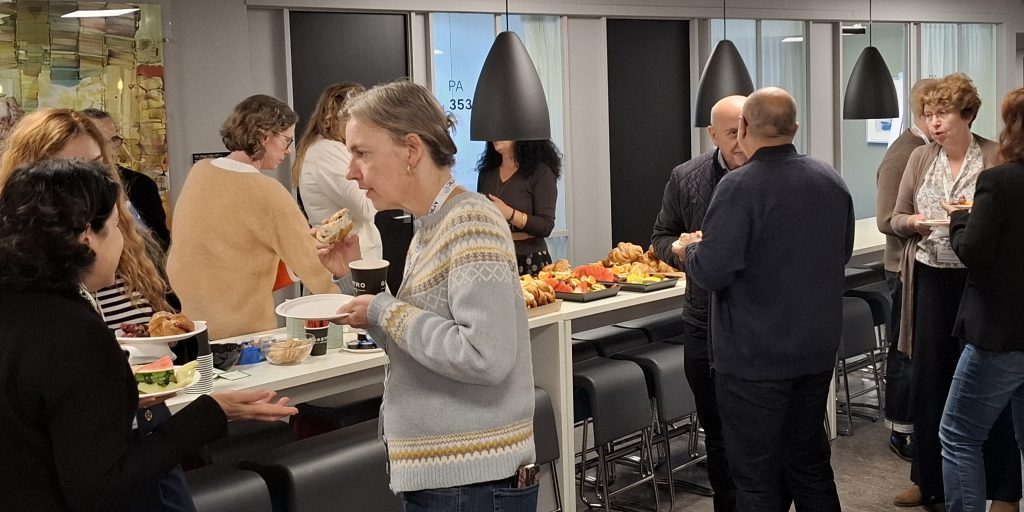
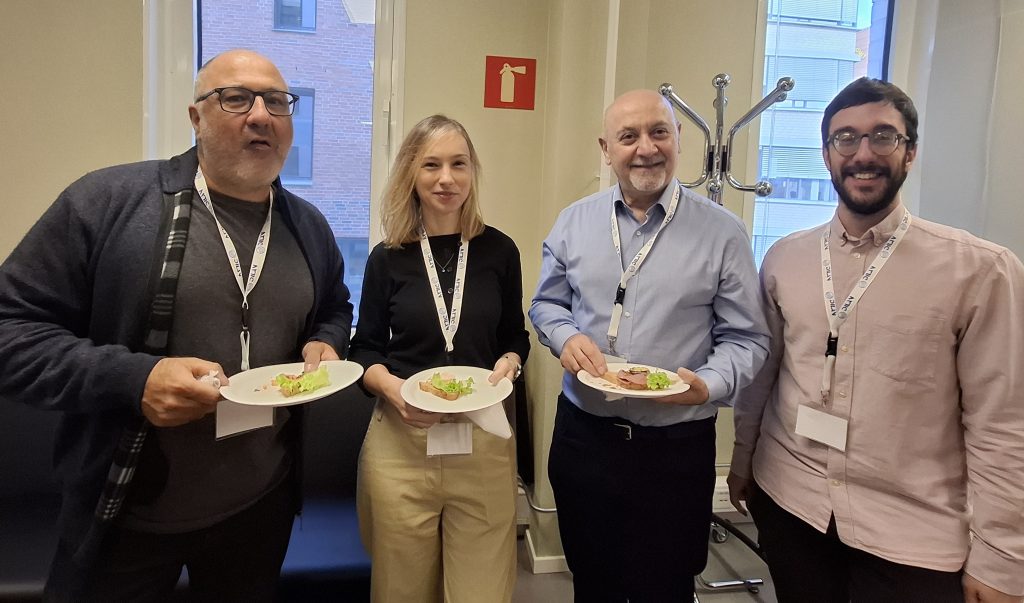
Afternoon Reflections and Future Directions
The afternoon sessions provided more opportunities for engagement. In her remarks, Tanja Storsul, OsloMet’s Pro-rector for Research and Development, emphasized the need for universities to prioritize public engagement as an integral part of academic work. This was followed by a second round of lightning talks, which delved into topics such as multimodal communication for architecture students, teaching science blogging through systemic functional linguistics, and the role of AI in doctoral research.
The symposium concluded with a roundtable discussion, where participants in DILAN reflected on key takeaways from the event and shared visions for the future of research communication. Moderated by Tom Muir, the panel included voices from institutions across Europe, highlighting the collaborative spirit of the DILAN project. Discussions touched on the challenges of interdisciplinary communication, the role of institutions in supporting public engagement, and the importance of fostering rhetorical flexibility in researchers.
